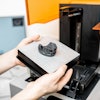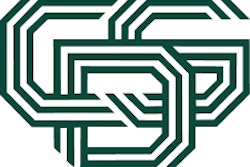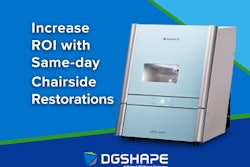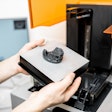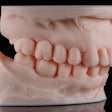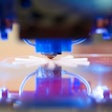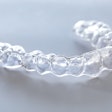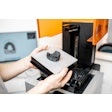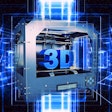Quantum Dental Technologies (QDT) will officially introduce the Canary caries detection system to the U.S. dental market this week at the 2013 Chicago Dental Society Midwinter Meeting.
The Canary system uses a combination of photothermal radiometry and luminescence technology (PTR-LUM) to identify and measure tooth decay by analyzing the status of a tooth's crystal structure rather than the bacterial porphyrins, according to the company.
The system's handheld laser emits a low-power, pulsating light to collect unique signatures of luminescence and heat released from the tooth. This light interacts differently with healthy enamel than with decayed enamel to identify carious lesions as deep as 5 mm below the tooth surface and as small as 50 microns in size, according to QDT. It can detect decay on all tooth surfaces, including interproximal areas and around the margins of restorations or fillings, noted Stephen Abrams, DDS, president and co-founder of QDT.
The system's software provides patient reports that clearly define which teeth need special attention, which are healthy, and which have caries. The reports also provide dentist recommendations and instructions for treatment so patients can better manage their oral health. The reports can be printed or accessed from the Canary Cloud so patients can monitor their treatment progress on an ongoing basis.
The system has been available for sale in Canada and Europe since 2011. It received U.S. Food and Drug Administration clearance in October 2012.



